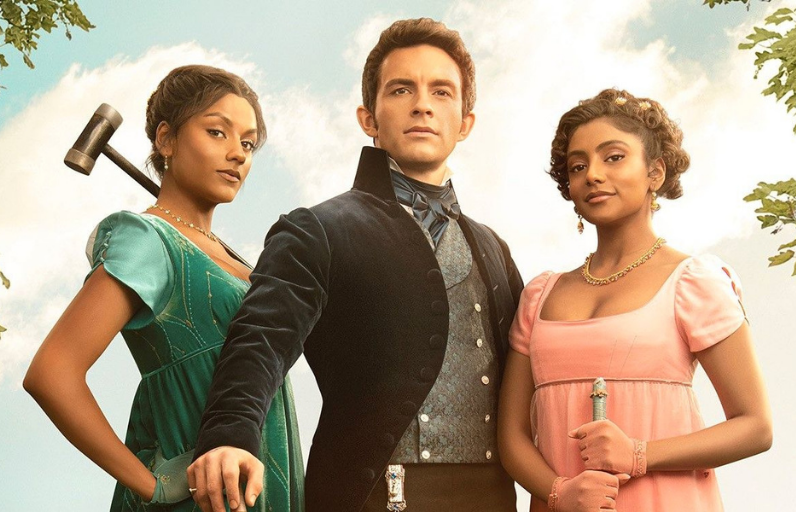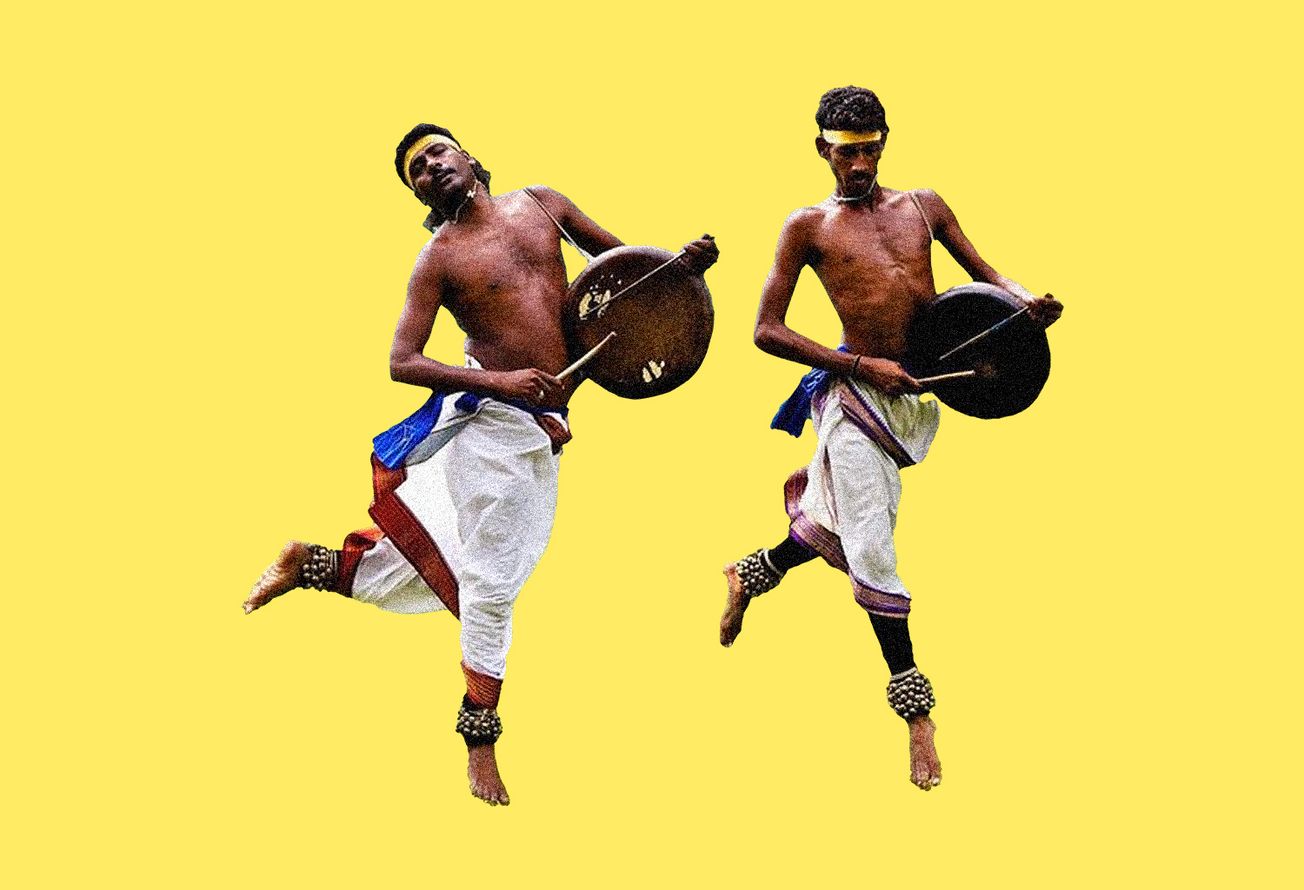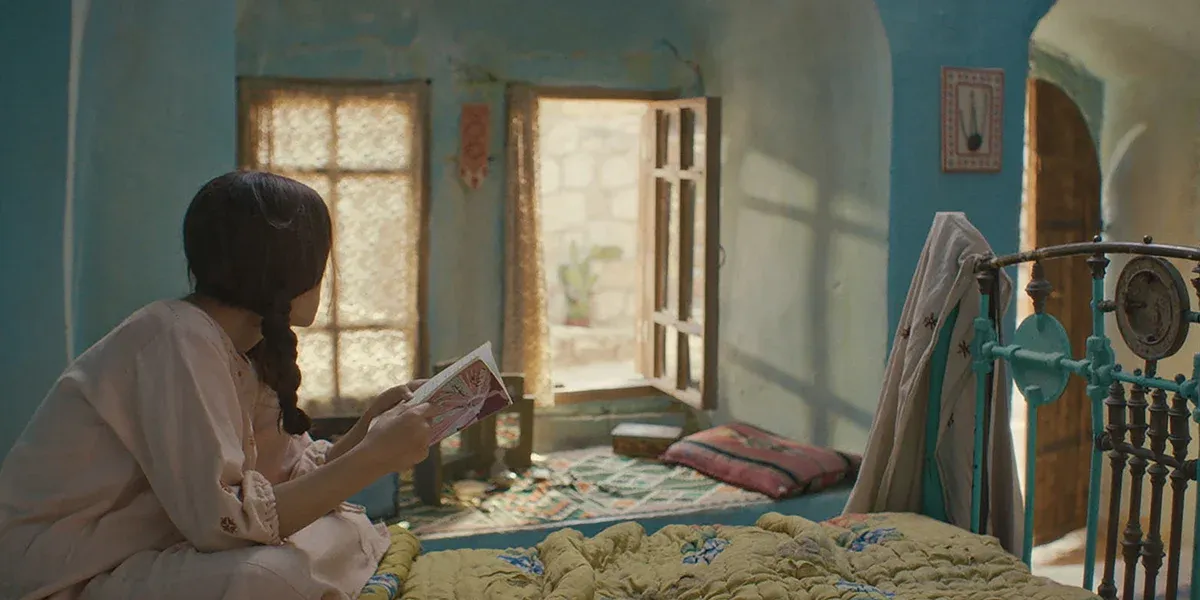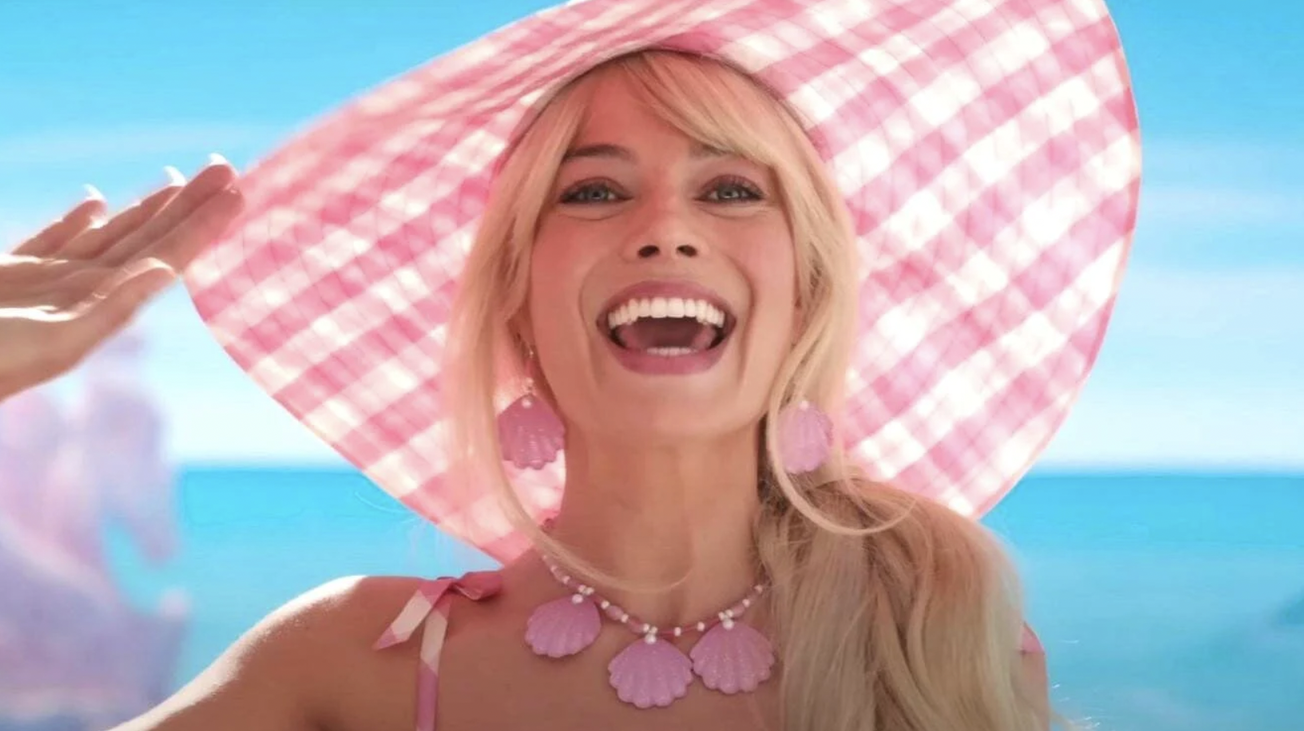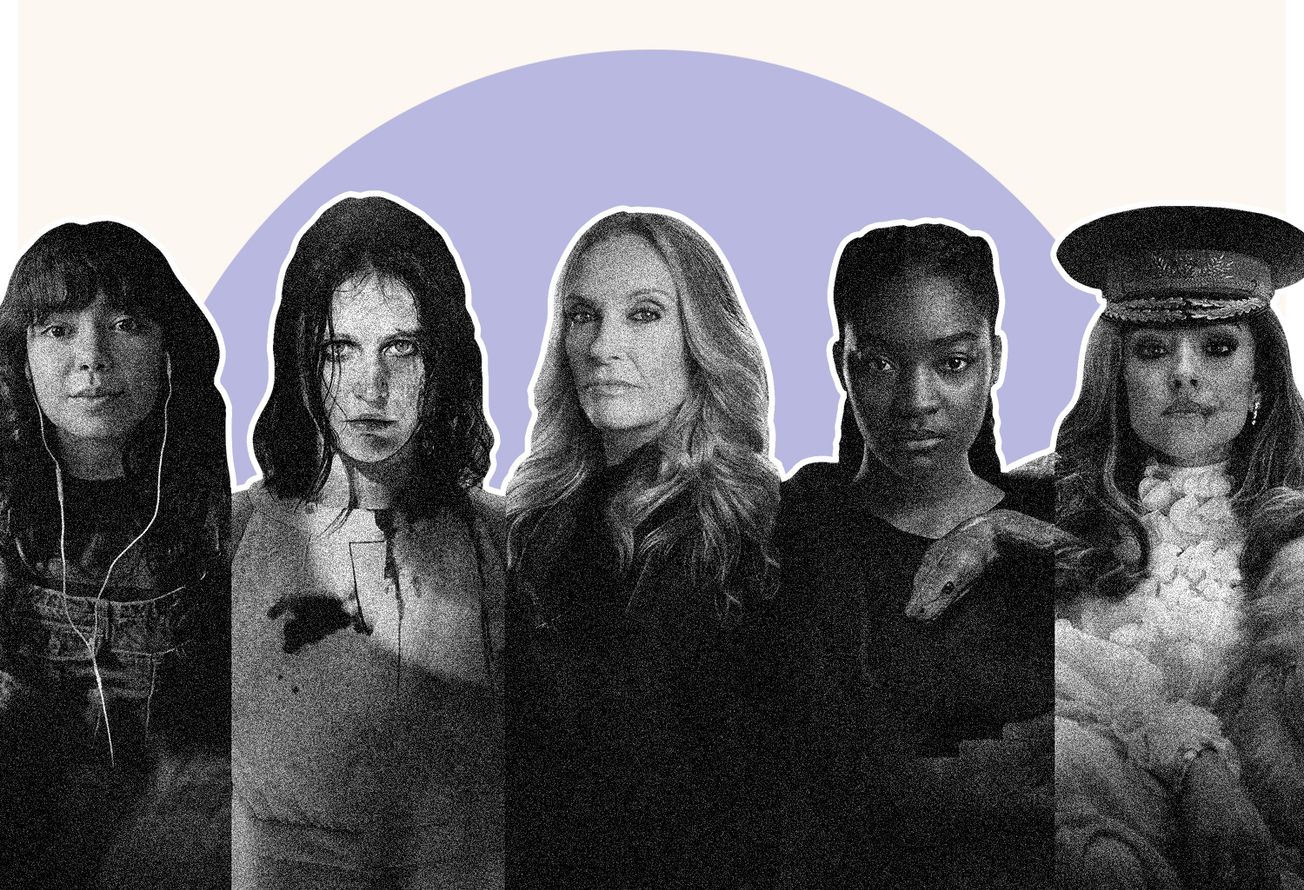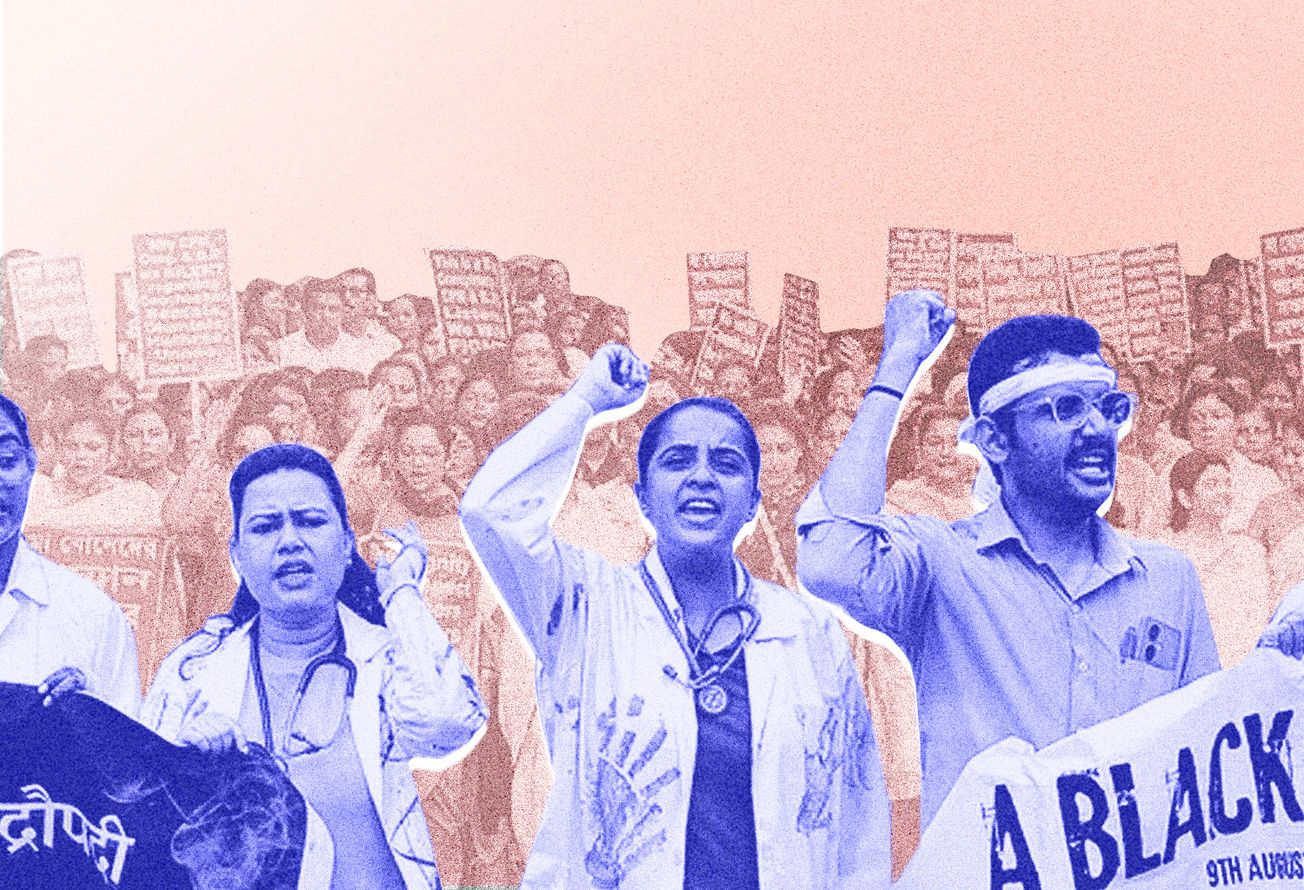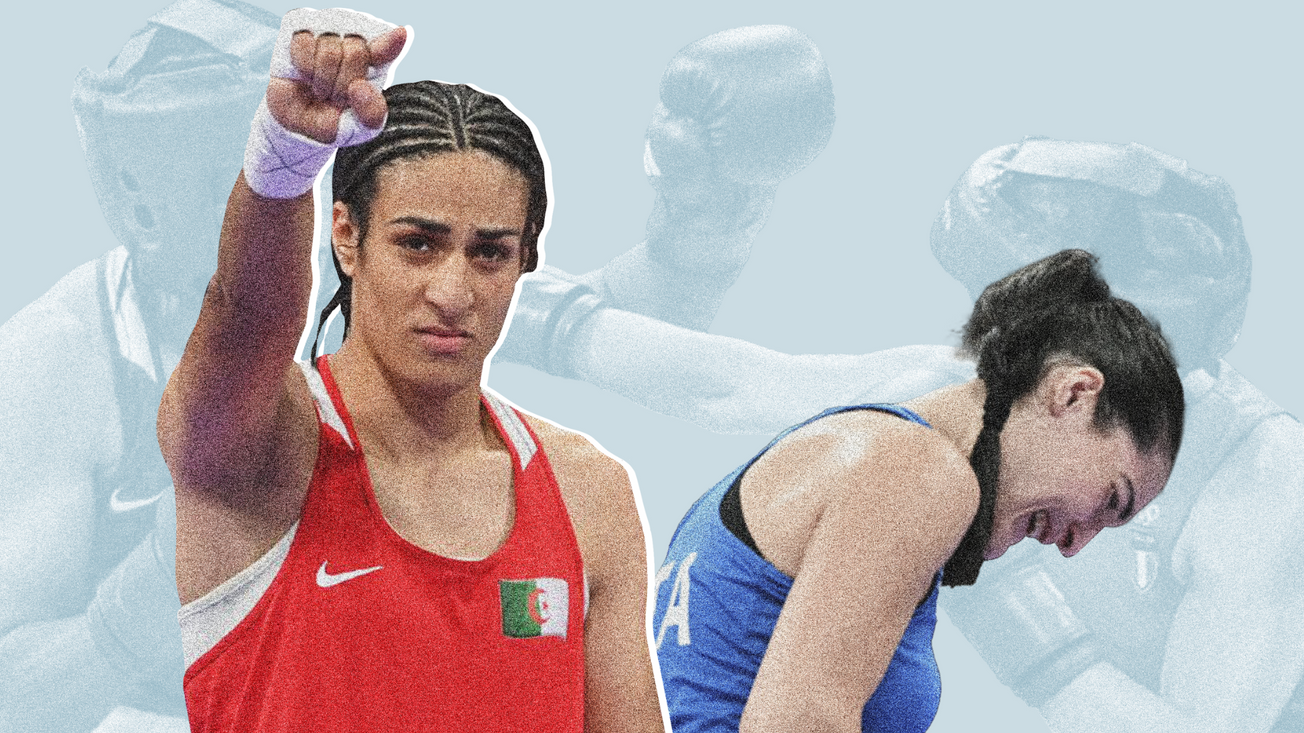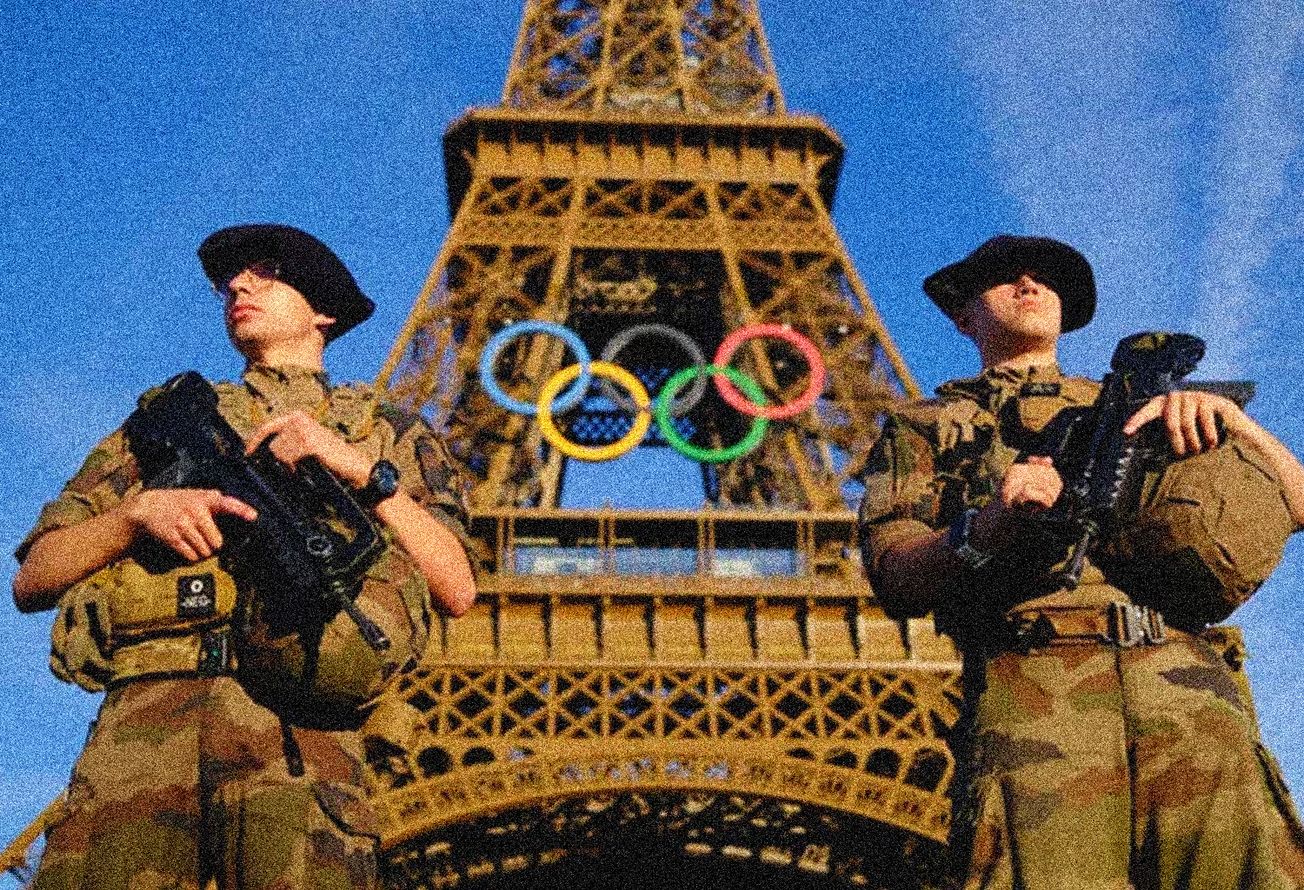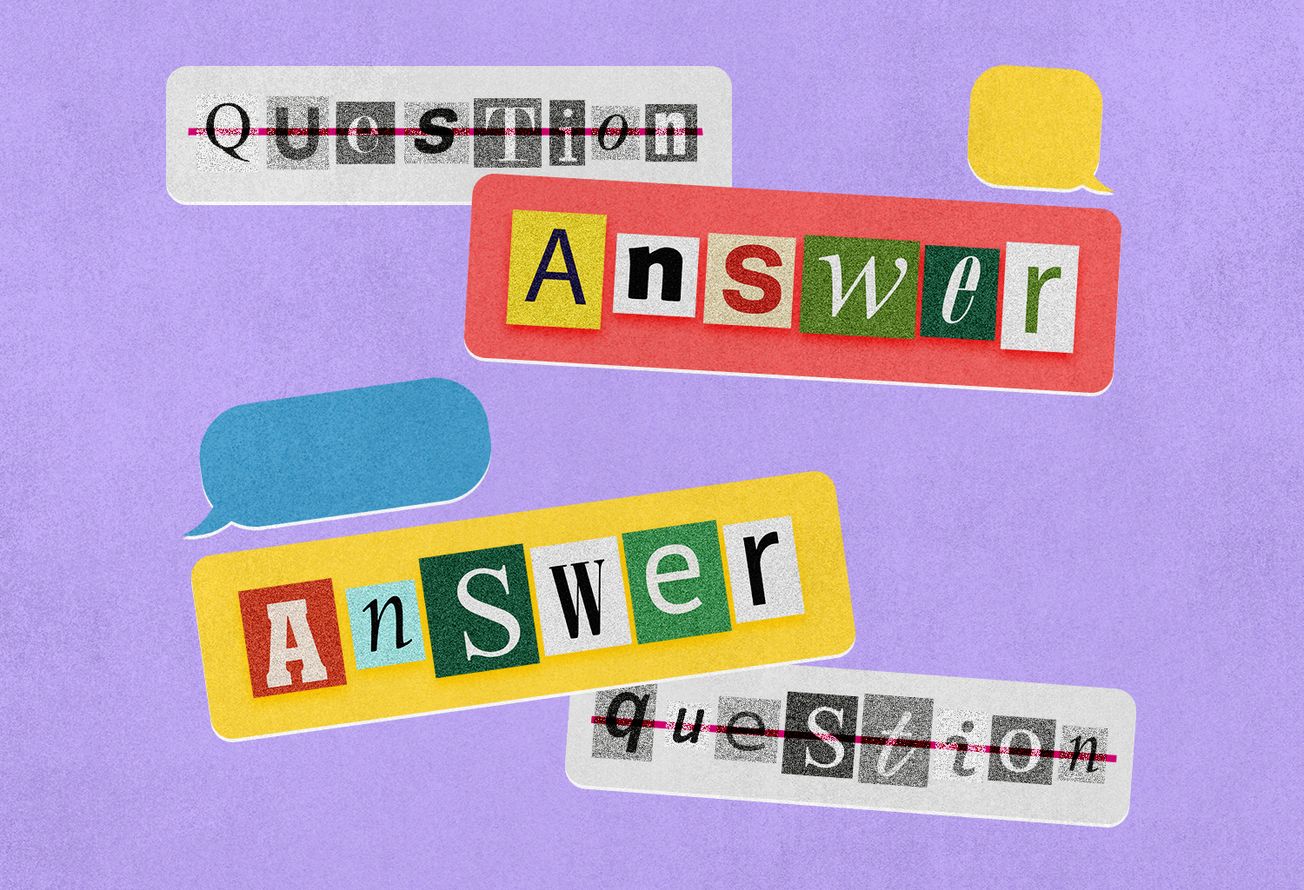The following piece contains spoilers from Season 1 and Season 2 of Bridgerton.
If you are one of those discerning viewers who couldn’t even sit through the Bridgerton trailer because seeing diversity in this setting of royalty and nobility was jarring to you, you did well. You escaped being subjected to extreme confusion regarding the show’s diversity and its supposed subversions. Those of us who chose to watch Bridgerton already knew that it was not going to be a radical feminist act. But given that the producer of the show, Shonda Rimes, is a Black woman and Season 2 has Indian characters as central to the plot, we were naturally tempted. And then there is also the irresistible hook of the Jane Austen genre.
You will probably remember, feminist viewers and critics fiercely opposed the way the first season depicted what was a rape scene (Daphne forces Simon to ejaculate inside her) without devoting any time in the narrative to portray it as problematic. The scene is written as a consent violation in the book as well. As Aja Romana points out, a lot has been said about sexual consent since the books were written in the 2000s. The show could surely have engaged with these debates and done better.
So has Season 2 done better? Feminist, or, proto-feminist assertions from women, are more frequent in the new season. They keep feminist viewers hooked. But is this mere sugar coating for an otherwise bitter pill? And does the fault lie in the creation, or in our desire to watch it without stepping on ethical landmines? It’s probably a bit of both.
The framework within which the Bridgerton narrative has to unfold is fixed: it is advanced by courtship and inheritance of wealth. Within the choices the creators make in this regard, the room for feminist manoeuvre is limited. Women are still not free and have to exist in a substructure that is rooted in primogeniture. And yet, it is not a conventional period drama because it centres Black and People of Colour (BIPOCs) as royalty and nobility. And it is this “hybrid” genre that creates room for subversion.
Is it possible to say that the diversity of the cast is a good release because it helps us mock the structures and make light of it all? Is it possible to reclaim the genre for only its opulence and romance while suppressing the desire to ask what the source of all this wealth is? The sight of BIPOCs—people who have been historically deprived—dancing, laughing, dressed in finery and savouring wealth feels good until the feminist consciousness comes knocking to remind us that all this wealth and magnificence was actually built on extreme inequality. It’s hard to forget that it was BIPOCs who were oppressed and exploited for this wealth to be generated and consumed in this fashion.
It’s worth asking, where is this wealth coming from, and who is it for? Are we expected to practice some kind of radical suspension of disbelief to imagine that everyone in the world of Bridgerton is rich? Including the servants? Box ourselves in, a bit like Marie Antoinette and just assume there’s always brioche for everyone in Bridgerton? But if everyone is wealthy, why do some people serve others? The two doormen who swing open the doors of the Bridgerton house, for example? We can’t help but feel a nagging discomfort that the series is encouraging us to invisibilise those doing the hard labour behind the scenes (the valets, the cooks and the rest of the army of servants whose lives are apparently not worthy of interest).
Those of us who were growing up as feminists in the eighties and nineties were reading Austen’s novels. She wrote in the Regency era and we know that there were elements of subversion in her writing. Some of these might have even echoed Mary Wollstonecraft. Eloise Bridgerton, the misfit who detests the whole courtship scene quotes Wollstonecraft. This is a recompense of sorts for feminist viewers. However, we would do well to not forget that Wollstonecraft wrote at a time when those writing about all men having equal rights were convicted for sedition. In Bridgerton though, men and women of colour do seem to have rights to the wealth of nobility. Such anachronisms and incongruities are plentiful in this universe, leaving our feminist heads spinning.
And last but not least, the Indian sisters Kate and Edwina and their Indian mother who are central to Season 2. To the show’s credit, they didn’t cast actors who look like Bollywood “goris”. Seeing Indian women as the protagonists of a Regency era romance probably holds a certain appeal for some Indian viewers. There’s some amount of internalised whiteness there, admittedly, but the diversity kind of overrides it. But the choice of the surname “Sharma” doesn’t sit well with “diversity” and makes every anti-caste feminist squirm. In all likelihood, upper-caste Hindu Indians advised the creators in this choice (a lot of the series episodes are directed by white people). One can’t help but twitch at the subtext—even if someone broke into these circles to belong, it would probably only be an upper-caste person. But are we meant to look for facts because this is a period drama or must we ignore them because it is a genre breaking fantasy fiction? And if it’s the latter, what stopped the creators from choosing a different name?
Thankfully, Kate is not looking for a husband, just like Eloise. However, unlike Eloise, who is not interested in her sisters’ struggles, Kate takes it upon herself to train Edwina to perfection so she can find the right husband and is “looked after”— a responsibility usually assigned to the eldest brother of a family. Kate comes across as quite a rebel, written off as “too old” and yet presented as the most desirable.
However, there are limits to this subversion. We knew all along that even though she loved riding horses and could beat men at outdoor games, she had also been primed for courtship. It’s worth noting that there is not a single Indian man in the scenario. It’s hard to forget that Western culture perceives Asian men as essentially undesirable. Towards the end, Kate accepts that she has fallen in love and marries the courtship season’s prime “catch”, Anthony Bridgerton. The younger sister has the Queen as her patron and an “available” prince on the horizon. A happy, unfeminist fairy tale ending. So then why were we watching it, again? Don’t ask!
In the middle of watching Season 2, panic strikes as you wonder if the “hybrid” nature of the show is gaslighting you into believing that it is bringing in some kind of real diversity. Is this diversity in the cast and characters merely aimed at diffusing guilt? Is this the kind of suspension of belief that we need? And more importantly, is this the kind of diversity we need?
Perhaps, the next best thing to not watching the show is to acknowledge the confusion these ambiguities create for BIPOCs. And maybe that is really insurmountable for feminist viewers. But watching Bridgerton doesn’t necessarily make us bad feminists. Right?


